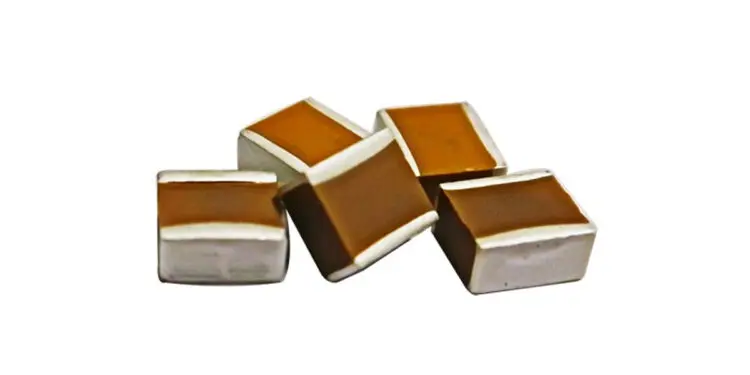APITech™ (API Technologies Corp.), a leading provider of high-performance RF and microwave signal conditioning, and electromagnetic spectrum management solutions, announced that surface mount ceramic chip capacitors for high voltage applications have been added to their line of products.
High voltage chip capacitors are constructed to filter out electromagnetic interference (EMI) and smooth output voltages and built for applications up to 2500VDC. They are small, leadless, and can easily be placed on a PCB.
“APITech is excited to fill a growing need in the medical and defense sector by adding high voltage chips to our ceramic capabilities. These capacitors perform particularly well in medical electronics, military weapons, and other RF applications,” said Don Dilworth, Product Line Manager of Ceramic and Coaxial Devices.
APITech’s ceramic capacitors are designed and produced at their state of the art ceramics factory in State College, PA (USA). APITech validates performance requirements with 100% testing for capacitance, dissipation factor, insulation resistance, and dielectric withstanding voltage. Additional testing can be performed as required, thermal shock, voltage conditioning, customized transient/pulse testing, and other critical tests.
Marty King, Engineering Manager for Ceramics commented, “Building our ceramic products in the U.S. gives us an advantage. Not only do we have the experience of solving unique challenges, but we also have both our design and process engineers together on-site working through the entire process.”
































